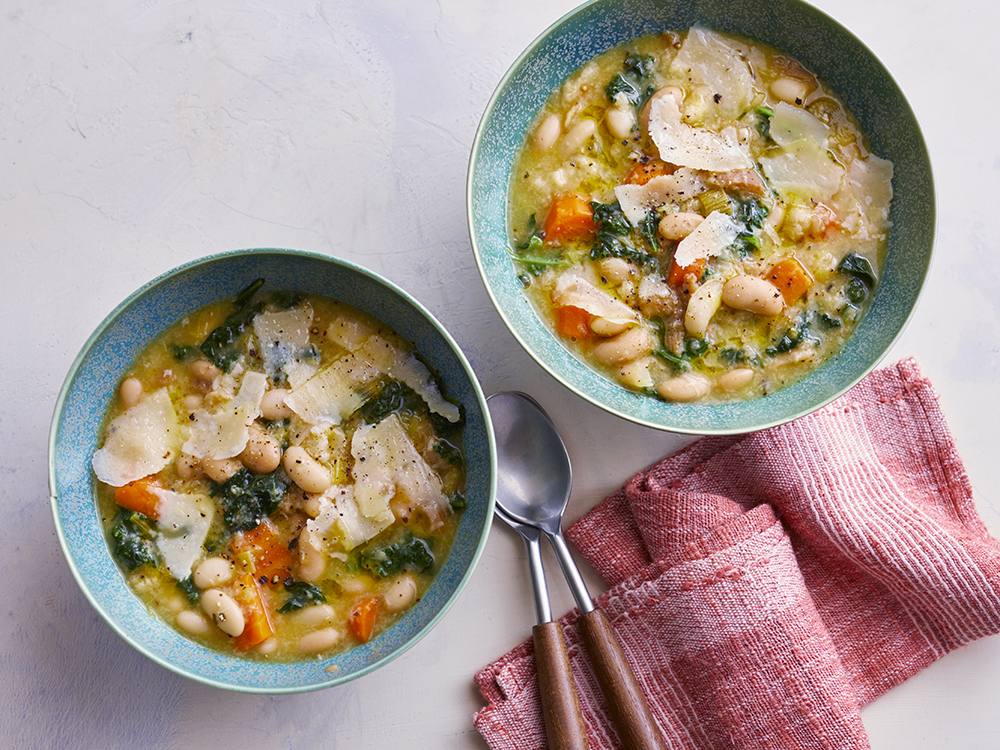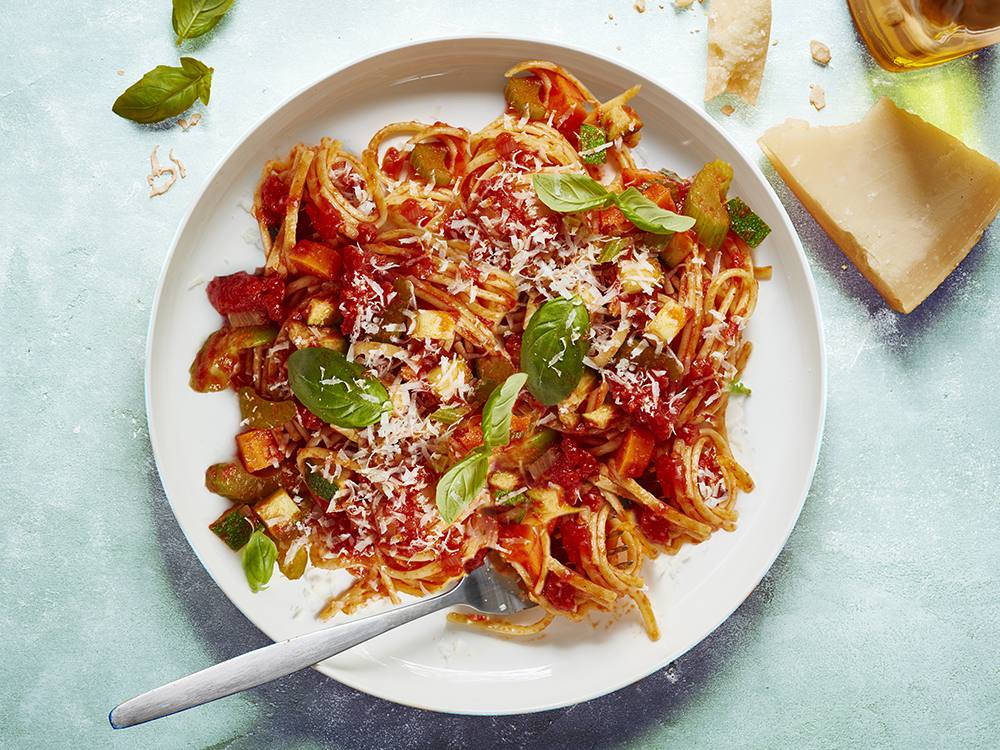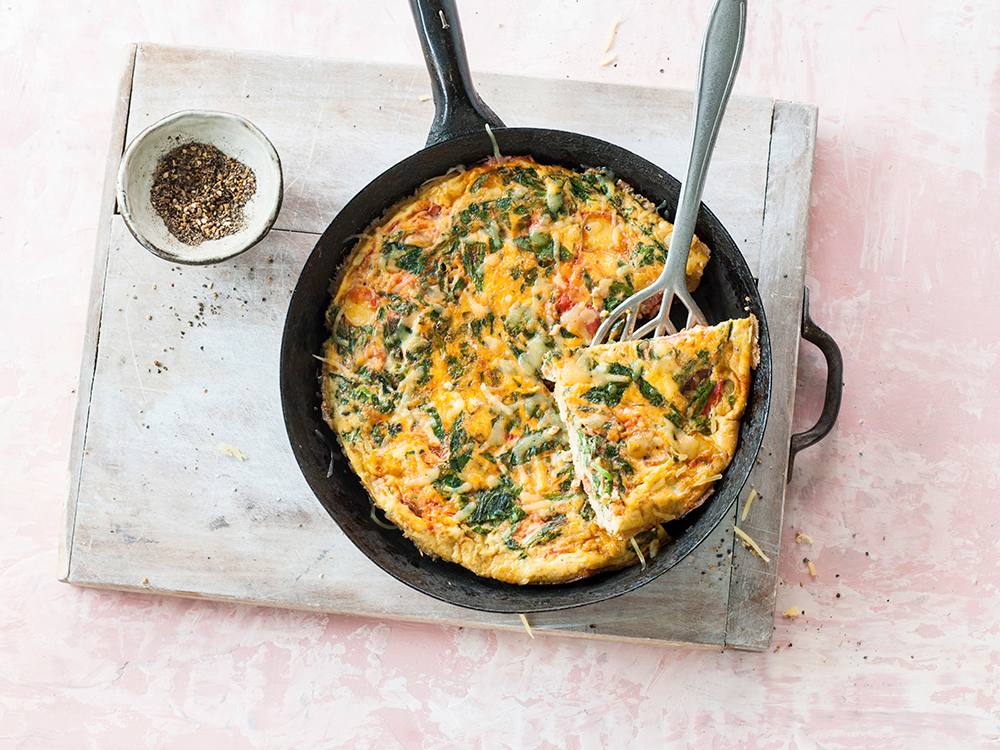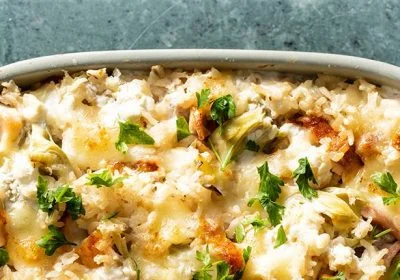Food waste is a global problem and the statistics on this waste are staggering and a bit alarming. So, let’s get the bad news out of the way first. Then, we can talk about some positive solutions.
- Over 1/3 of all food produced globally goes to waste.
- The annual value of food wasted globally is nearly $1 trillion and it weighs close to 1.3 billion tons.
- All the world’s nearly one billion hungry people could be fed on less than a quarter of the food that is wasted in the US, UK and Europe alone.
- In most developed countries, over half of all food waste takes place in the home.
- In the home, food waste amounts to roughly $2,275 per year in the USA.
Reading these numbers is sobering and a bit distressing, however, the good news is that all of us can do our part in helping to reduce food waste.
- Shop smart and realistically. Plan meals and use grocery lists. Buy items when you have a plan for using them and wait until perishables are all used up before buying more. If you live alone, you won’t need the same number of apples as a family of four. If you rarely cook, don’t stock up on goods that have to be cooked to be consumed.
- Practice FIFO. This stands for First In, First Out. When unpacking groceries, rotate the items, moving older products to the front of the fridge/freezer/pantry and putting new products in the back. This way, you’re more likely to use up the older items before it expires.
- Store better. The largest amount of food waste comes from unused produce. Learning the best ways to store fruits and vegetables will increase their life and allow you more time to use them.
- Use it all. Try to use every part of the items you’re cooking with, whenever possible. For example, sauté broccoli stems along with the florets.
- Repurpose leftovers and scraps. Celery tops, onion and garlic skins, carrot peels, and other food scraps are great for flavoring your vegetable broth. Add in leftover chicken bones and scraps to make a chicken broth. Just drain. Stale bread or crusts that the kids won’t eat can be made into croutons. Leftover veggies and proteins can be added to make a hearty soup or stew or used in a yummy stir fry dish. Add them to eggs for a tasty omelet or frittata.
Here are several recipe ideas that will inspire you to cook more from less!
Tuscan Bread and Veggie Stew

Spaghetti with Veggie Marinara
Spinach and Gouda Omelet with Croutons
Veggie Frittata










